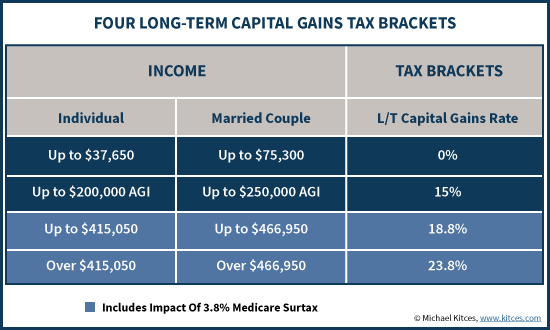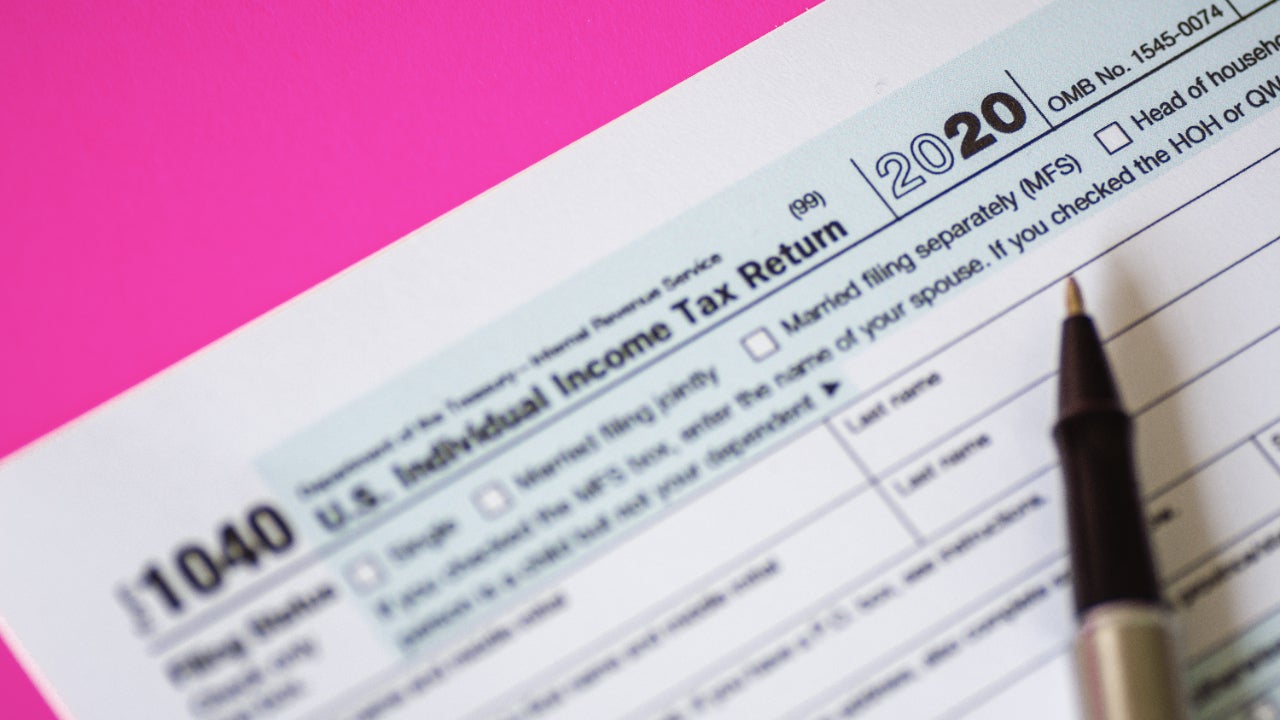
Widowed Parent 2nd year after death of spouse or civil partner Widowed Person or Surviving Civil Partner - bereavement year Widowed Person or Surviving Civil Partner without dependent child(ren)

Widowed Person or Surviving Civil Partner with dependent child(ren)

This increase cannot be transferred between spouses or civil partners.Ĭredits, allowances and reliefs for the years 2018 to 2022 Personal circumstances Note: The increase in the rate band is capped at the lower of €27,800 or the income of the lower earner. Married or in a civil partnership (both spouses or civil partners with income) Married or in a civil partnership (one spouse or civil partner with income) Single or widowed or surviving civil partner, qualifying for Single Person Child Carer Credit Single or widowed or surviving civil partner, without qualifying children (8) Tables do not include blind person’s allowances.Rates and bands for the years 2018 to 2022 Personal circumstances (7) Estimates based on announcements in the Budget in line with previous increases (Consumer Price Index/Retail Price Index) for 2016/17, when there are no published rates, thresholds or allowances. (5) Tables include tax credits (Working and Child tax credits and Child Benefit where applicable) (6) No pension contributions or Gift Aid payments. That’s a net gain of £48 in the next two years, which leaves them gaining more than low earners.Īssumptions used in the tax tables published here, which have been provided by London chartered accountants Blick Rothenberg (1) Where both members in a couple earn, the income is split two-thirds to one-third. That’s a £24 hit over the 12 months.īut that’s balanced out by the fact they’ll be given an £8 increase the following year, which, while not as generous as some of our other examples, will still leave the high-earners £72 better off in the 2017/18 tax year. So a single person with no children or one child, or a married couple with two kids and one earner, will all end up with £2 less in their pay packet a month next year. What about actual losers? In our examples, only high-earners taking home £125,000 a year or more will be hit, and only for next year. There are similar patterns with single self-employed people, single pensioners born before 1938, and single people with one or no children. If they earned more than £125,000 they’d only be £48 better off in the next two years while if they earned less than £15,000 they would, probably unsurprisingly, have zero spending power added to their purses in the next 24 months. That’s an extra £144 in 2016/17 and a further £300 the following year. For instance, a married couple with two kids and one earner taking home £45,000 a year will get a monthly boost of £12 next year and £25 the year after. With some of our other case studies, it’s middle-earners who will welcome the bigger boost to their pay from next year and the year after. That adds up to a total £888 extra while a similar couple earning less than £20,000 has again been handed nothing by the Tory Chancellor. For instance, a high-earning married couple with two children who both earn will get a £24 monthly boost in the 2016/17 tax year, followed by a £50 boost the following year. There’s a similar pattern across our tables.


 0 kommentar(er)
0 kommentar(er)
